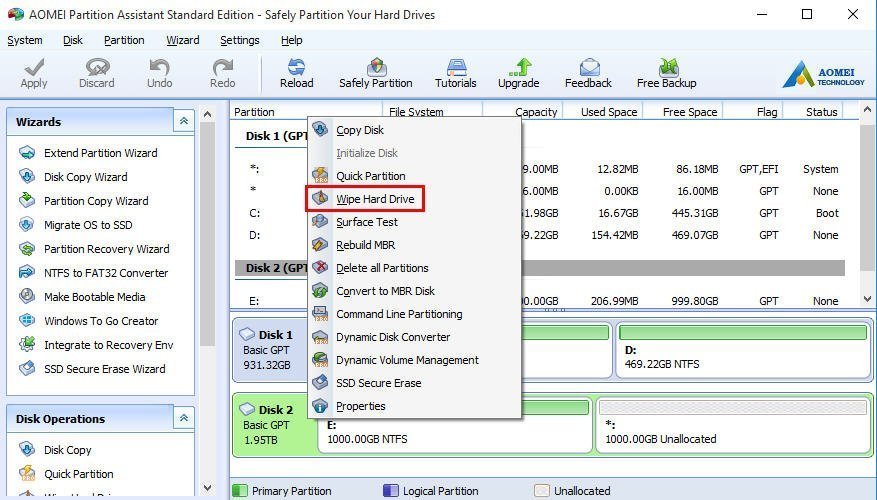

Instead, it's better to use disk-management software made by the SSD's manufacturer, such as Corsair (opens in new tab), Crucial (opens in new tab), Intel (opens in new tab), OCZ/Toshiba (opens in new tab), Samsung (opens in new tab) or SanDisk (opens in new tab). They write, allocate and erase data completely differently from HDDs, so standard wiping methods, including DBAN, may not work. You'll want to do that two or three times, and you will have to give the newly formatted drive a name. Select the drive to be formatted and click Erase.

You'd get only a few bucks for most used drives anyway.įor HDDS in Mac, use Disk Utility, found in the Utilities folder, which you can open by hitting the Apple, Shift and U keys at the same time. Or you could completely destroy the drive by drilling through it or tossing into a lake. Format the drive three times to make sure you get everything.Īlternatively, you can download and use the free DBAN utility (opens in new tab) to wipe HDDs in Windows. Make sure that "Perform a quick format" is unchecked and select NTFS as the file system. To wipe HDDs in Windows, use Disk Manager (right-click the Windows icon at bottom left and scroll up to Disk Manager) and select the drive to be formatted. All of the drives tested by the Hertfordshire researchers for Comparitech were HDDs. To make sure a computer hard drive is wiped properly, it depends whether the drive is an old-fashioned spinning-disk drive (HDD) or a solid-state drive (SSD). of Hertfordshire carried out a very similar study of USB flash drives earlier this year.) How to properly wipe your hard drive and the U.K.Ī plurality of Brits (37%) tried quick-formatting the drives, and the greatest number of Yanks (24%) tried just deleting files, but only slightly Britons (29%) than Americans (23%) succeeded in properly wiping the drives. The researchers bought 200 used hard drives online, in secondhand shops and in "conventional auctions," Comparitech said, splitting the numbers evenly between the U.S. Data-recovery tools will still be able to get most of the files back.Īnother 16% of the previous owners held no illusions about data safety and had made no attempt whatsoever to wipe the drives, Comparitech reported. Twenty-six percent of the drives had been subject to a quick-format process, but that doesn't zap much more the deletion process. The file is still there and can easily be read by drive-recovery tools.

But as computer experts can tell you, deleting a file only tells the computer's operating system that the data can be overwritten. Seventeen percent of the drives had had the data "deleted" by their previous owners. The sad part was that 43% of the previous owners had tried to wipe the drives.


 0 kommentar(er)
0 kommentar(er)
